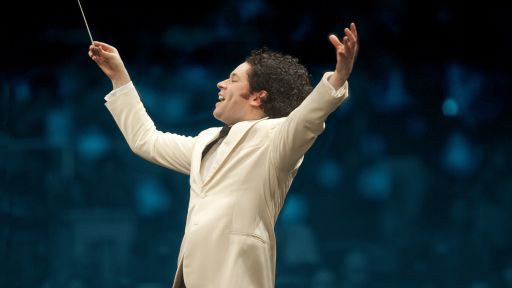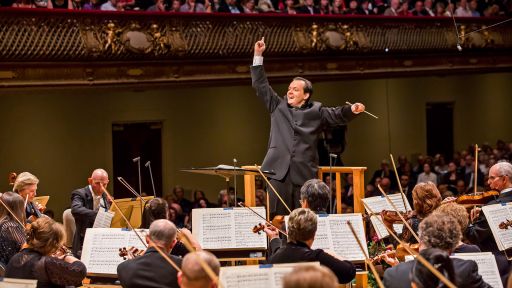Sergei Prokofiev wrote Peter and the Wolf in 1936 to introduce children to classical music. In this lesson, melodies from Peter and the Wolf are used to introduce students to pitch, rhythm and meter. Students also explore melodic shape using movement and drawing to represent melodies.
Grade Levels: 4-6 (ages 9-11)
Time Allotment: One to two 45-minute class periods.
Subject Matter: Music
LEARNING OBJECTIVES:
Students will be able to:
1. Respond to the tempo and rhythm of music. Tap feet and clap hands to music.
2. Analyze and compare sounds and melodies.
3. Use appropriate terminology to explain music, including “meter”, “pitch” and “beat.”
4. Describe the basic principles of meter and rhythm.
5. Respond to music through movement.
6. Create a model of a 19th-century opera set, design a unique 19th-century costume, or create a concrete example of something related to their research.
STANDARDS AND CURRICULUM ALIGNMENT:
Music Standards
From the MCREL (Mid-continent Research for Education and Learning) Benchmarks
(available online at http://www.mcrel.org/compendium/standardDetails.asp?subjectID=11&standardID=6)
Standard 6. Knows and applies appropriate criteria to music and music performances
Topics: 1. Musical awareness and appreciation; 2. Musical terminology Level II (grades 3-5)
Benchmark 2. Knows appropriate terminology used to explain music, music notation, music instruments and voices, and music performances
Level III [Grade 6-8]
Topic: Elements of music
Benchmark 3. Understands the basic principles of meter, rhythm, tonality, intervals, chords, and harmonic progressions
Media Components
Audio Clips
Web Sites
How to Take a Pulse
http://life.familyeducation.com/cpr/first-aid/48241.html?for_printing=1&detoured=1
Tips on how to take a pulse from the Family Education Web site.
Materials
per class:
One large printout of each of the following (download .pdf here):
- graphic representation of grandfather’s melody
- graphic representation of Peter’s melody
- graphic representation of Duck’s melody
- graphic representation of Bird’s melody
- graphic representation of Cat’s melody
Tape or pins to affix the sheets of paper to a wall
Computer with internet access and speakers to play audio clips and/or an instrument to play melodies
(Optional) A variety of instruments for children to use for the extension activity (such as wind instruments, string instruments, percussion instruments, piano, etc.)
Per group of 2 students:
- one watch or stop watch to take a pulse
Per student:
- one sheet of tips on how to take a pulse
- paper and pencil
PREP FOR TEACHERS
Please listen to all of the audio clips (Peter’s melody, Duck’s melody, Grandfather’s melody, Bird’s melody and Cat’s melody) prior to the session.
Print out one copy of “How to Take a Pulse” per student.
Print out one copy of each of the graphic representations (for Peter’s melody, Duck’s melody, Grandfather’s melody, Bird’s melody and Cat’s melody) prior to the session or create your own graphic representations of each melody.








